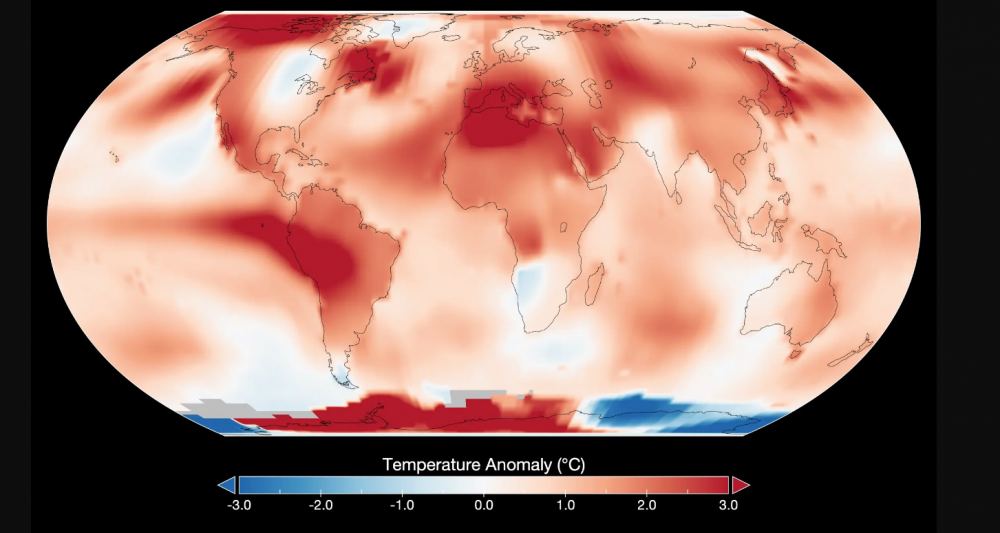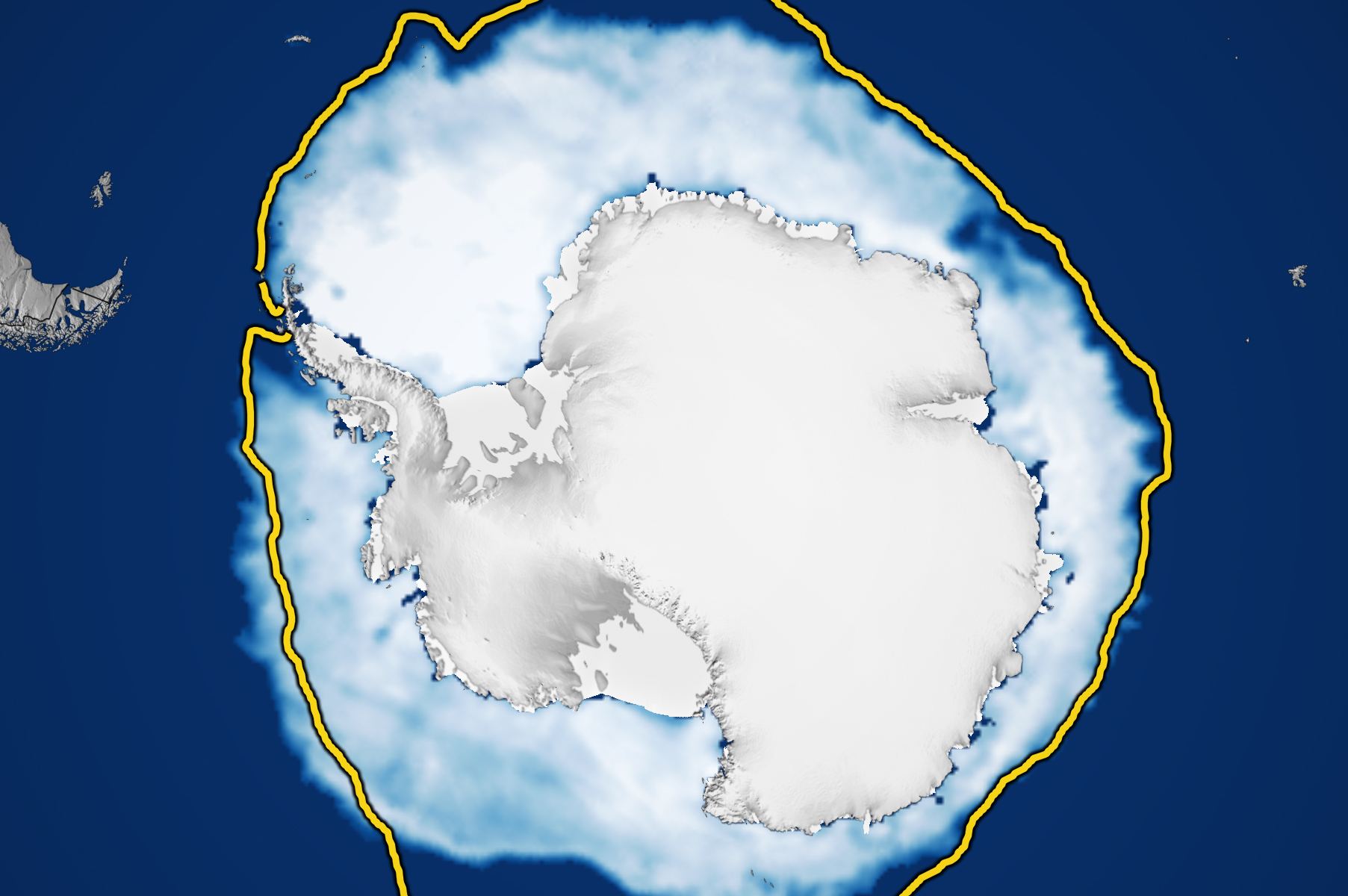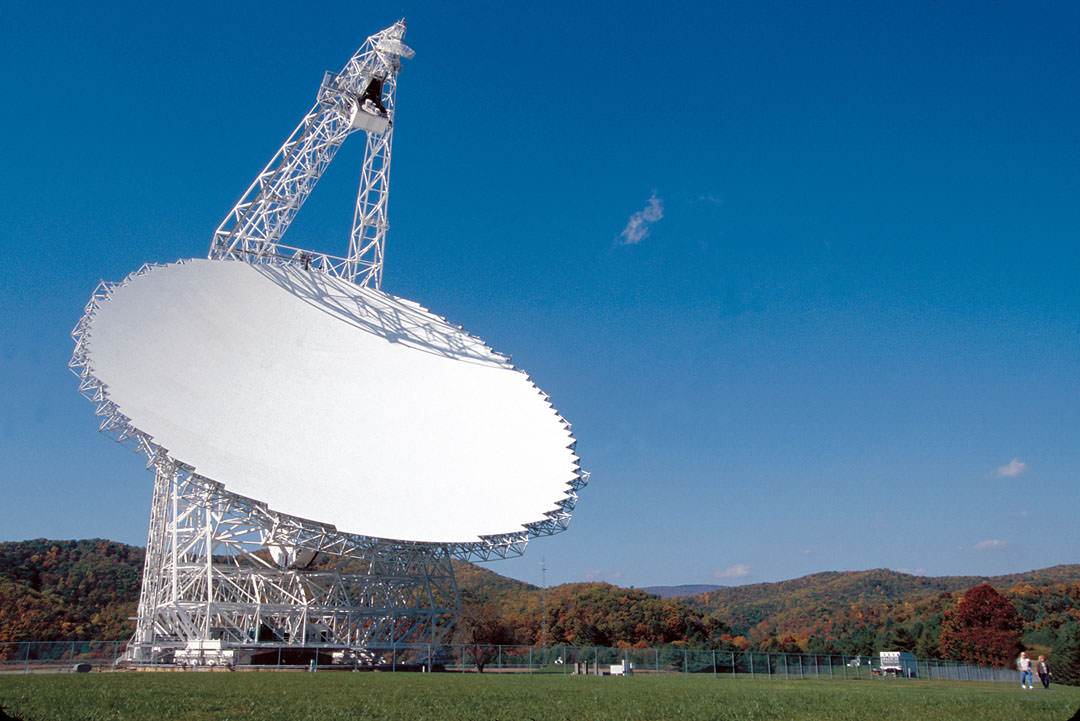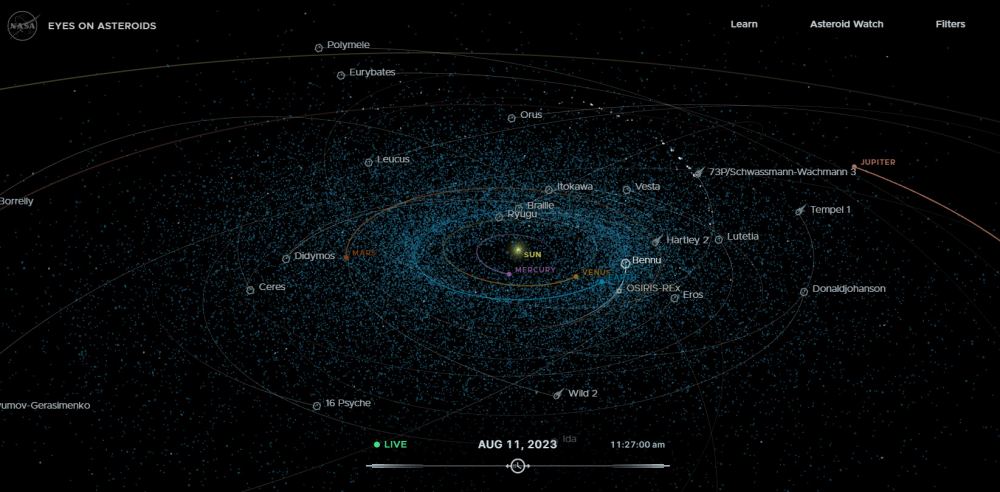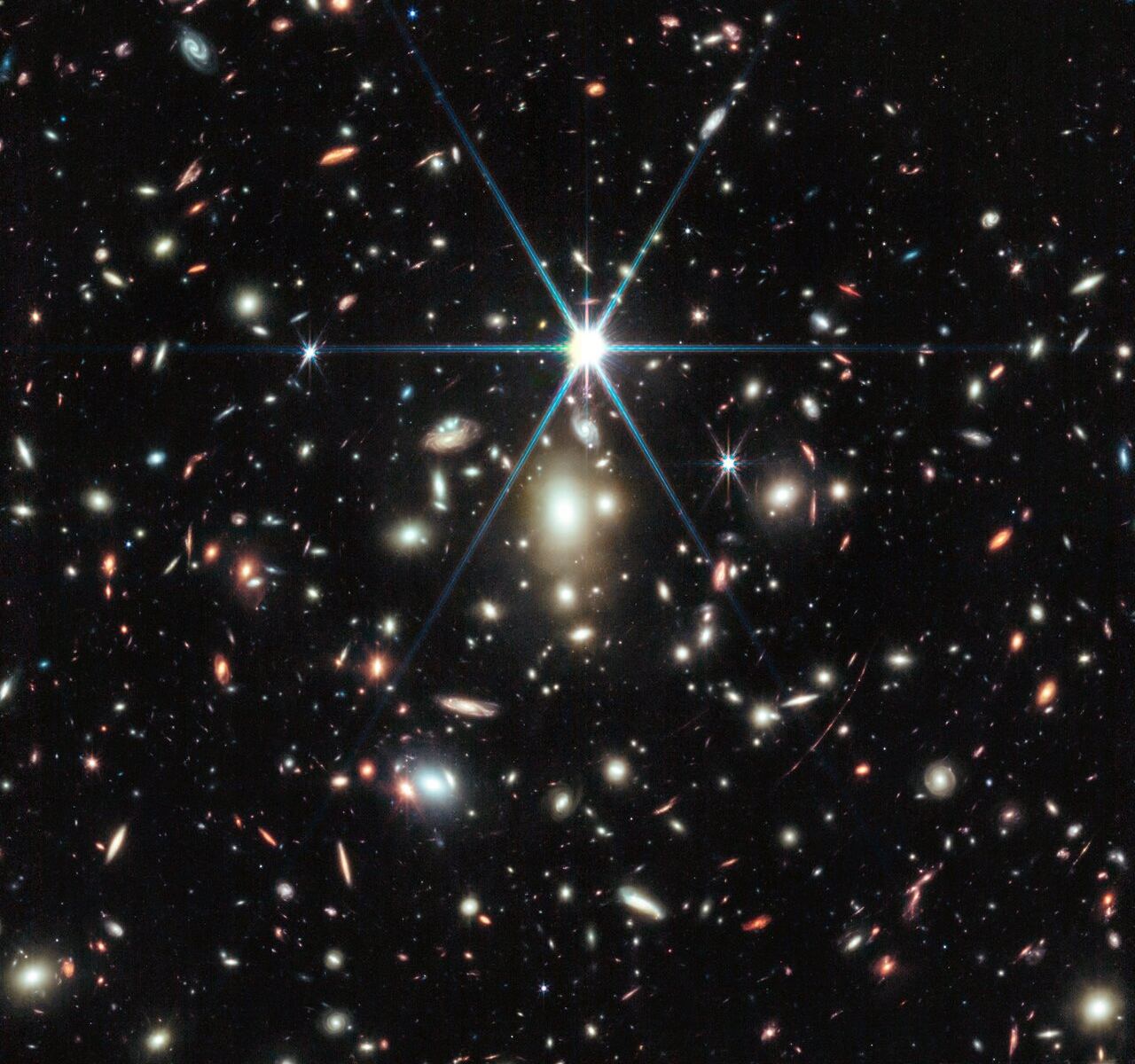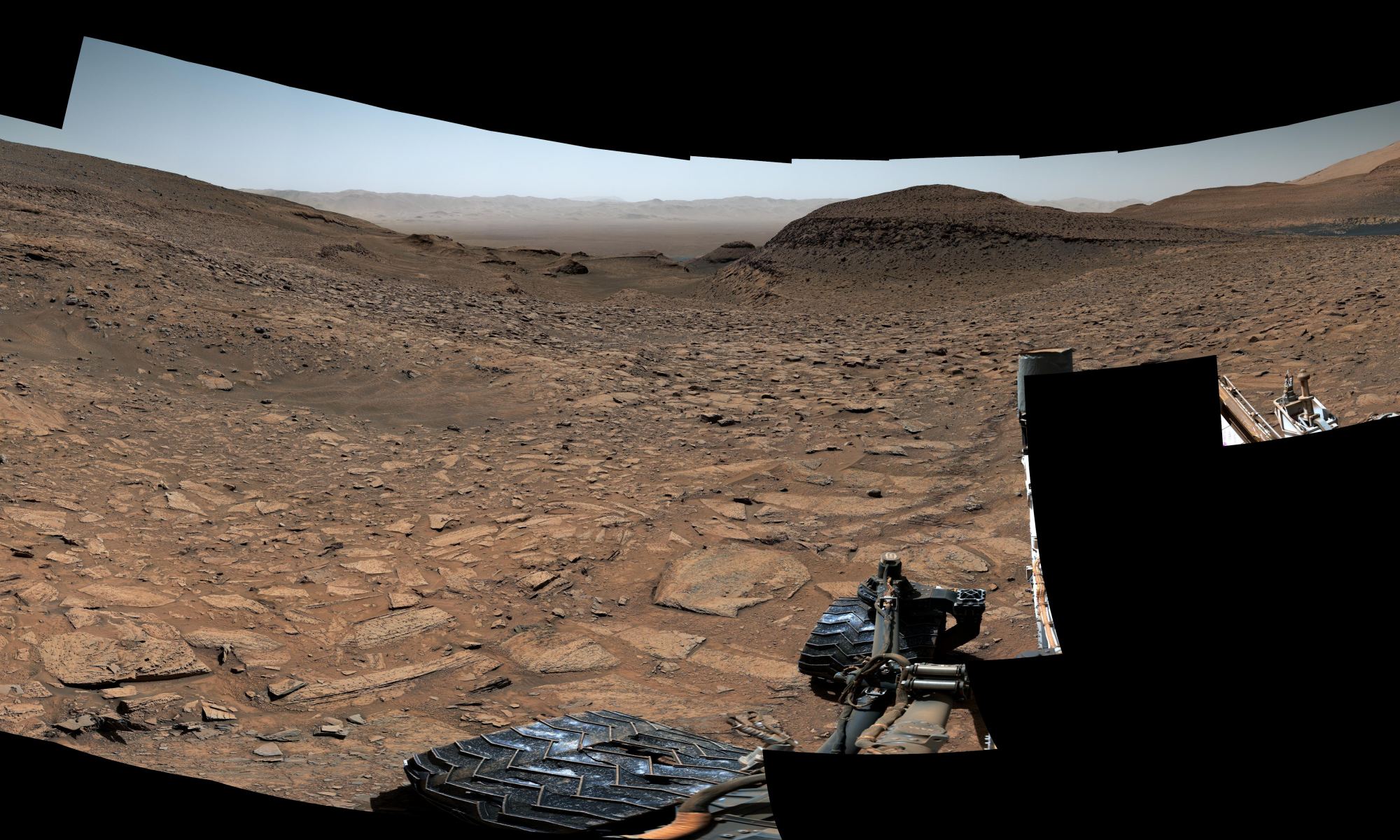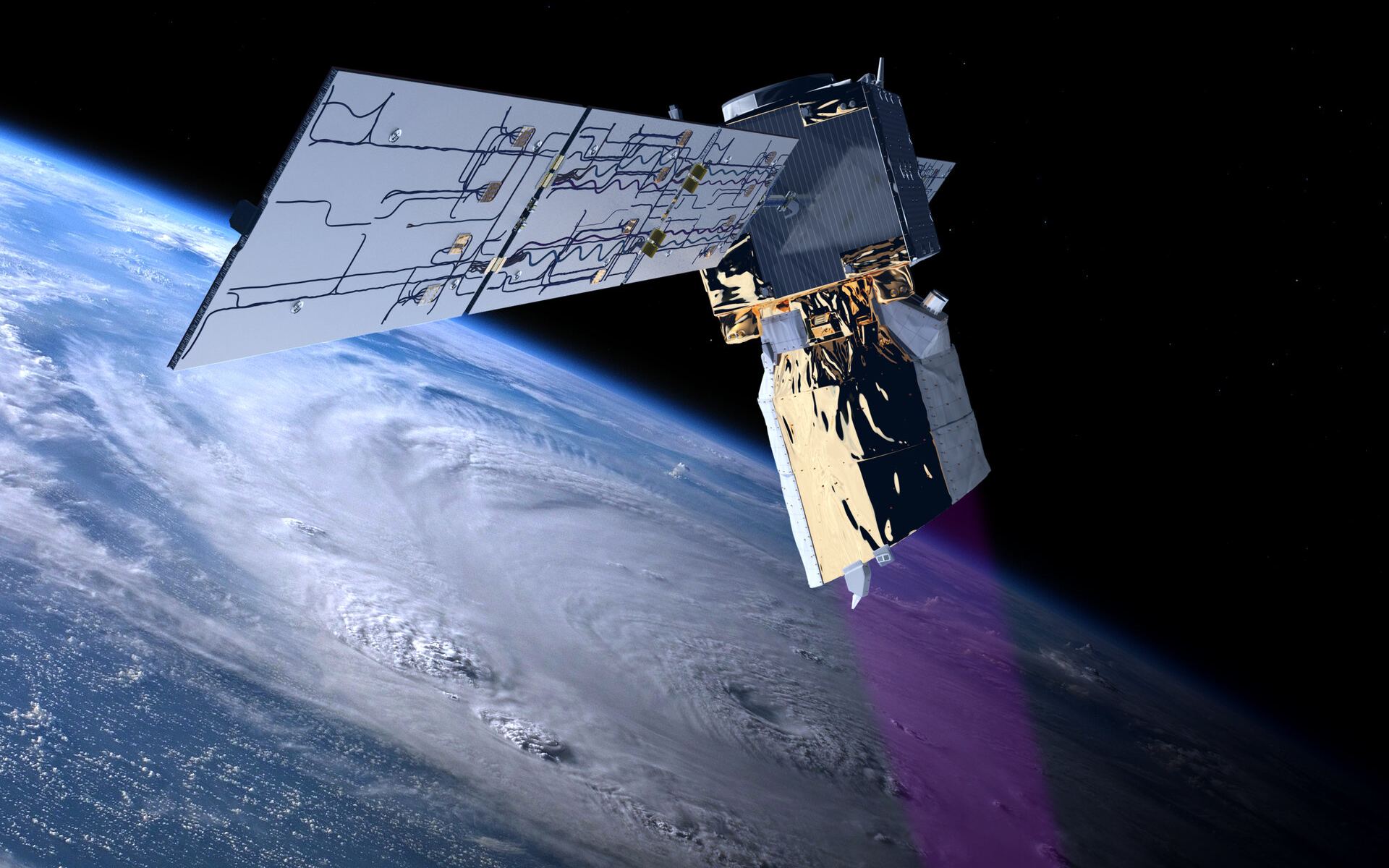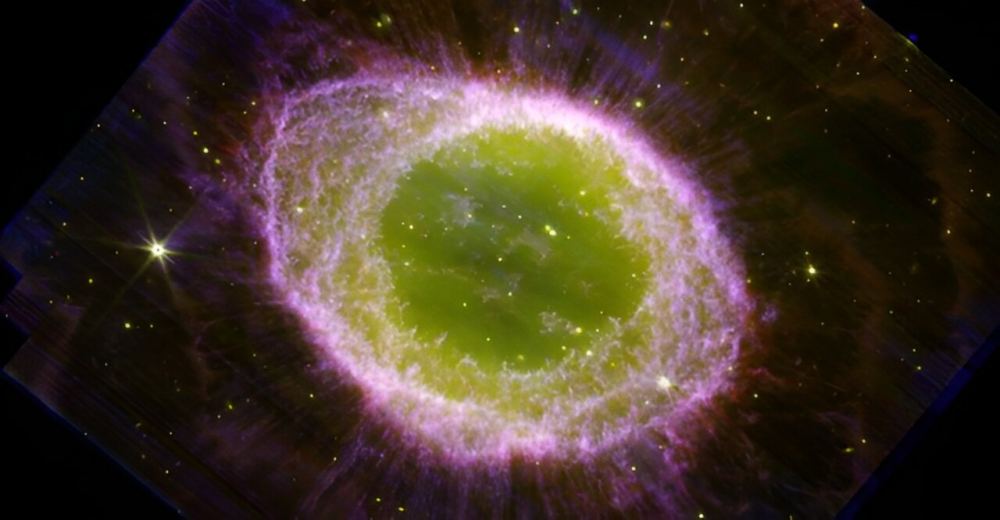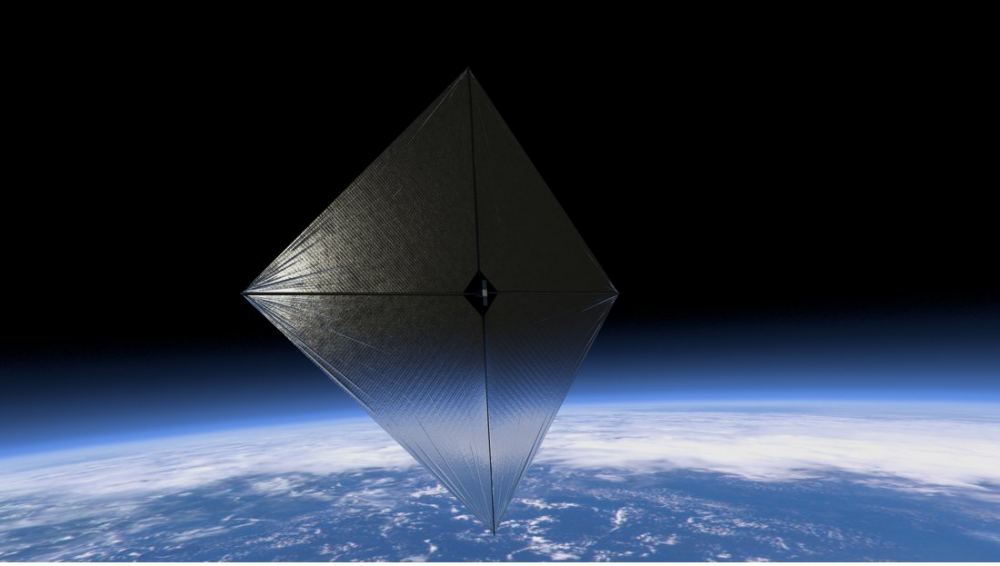In case you missed it, the weather’s been hot. From warmer-than-usual temperatures in northern climes to melting ice sheets in the polar regions, July 2023 was a record-breaking month. That’s not just some random perception. NASA has been keeping records and the agency confirms what most of us have observed for ourselves. It was a warm one.
Continue reading “No Surprise, July 2023 Was the Hottest Month on Record Since 1880”No Surprise, July 2023 Was the Hottest Month on Record Since 1880
